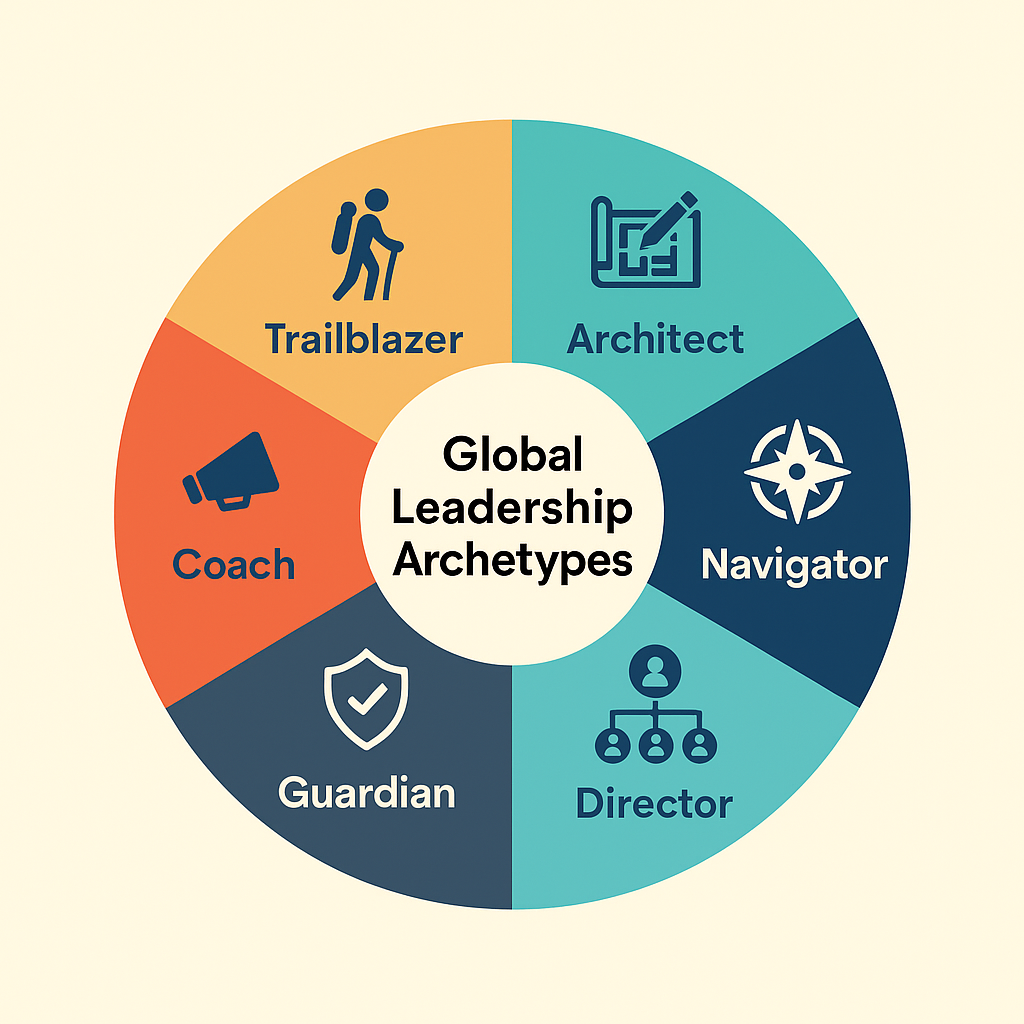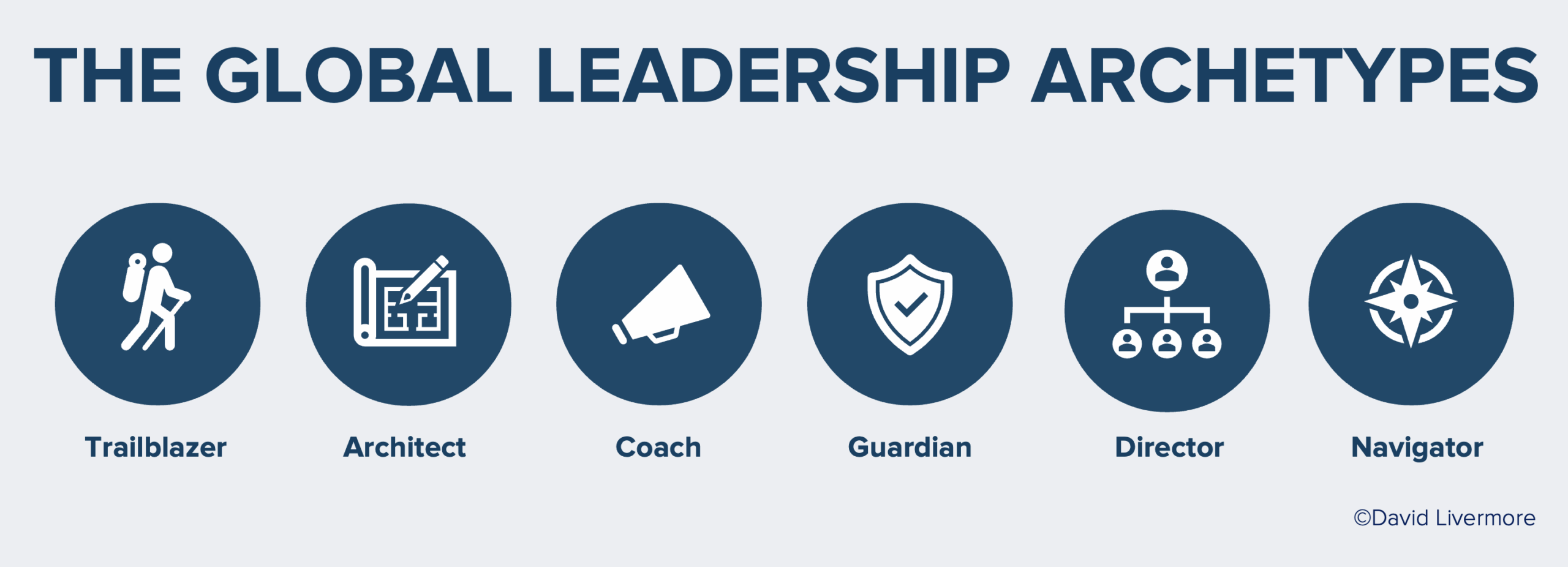
You may have very high CQ, but the organization where you lead significantly determines whether your cultural intelligence makes much difference.
Imagine assuring a European prospect that your company works with organizations all over the world and the next marketing email they receive from your company is about a “Thanksgiving sale.”
Or perhaps you’re consciously building a diverse, inclusive team but some of your team members repeatedly encounter bias, inflexibility, and operational approaches across the organization that are ill suited to who they are and what they value.
Organizations, like individuals, display varying degrees of intelligence and that includes CQ. Organizational CQ is the capability of an organization to function effectively in an unpredictable, multicultural world. It can be measured qualitatively and quantitatively, predicting an organization’s success in ambiguous and culturally diverse contexts. It’s more than the sum of its individuals’ cultural intelligence; it is the degree to which the organizational system can operative dynamically in a diverse, global environment.
Organizational CQ is measured and developed with the same four capabilities as individual CQ but the capabilities are developed and manifested differently at the organizational level. Here are some brief definitions followed by some strategic priorities required for implementing and developing CQ across an organization.
| ORG CQ | The capability of an organization to function effectively in an unpredictable, multicultural world. |
| CQ Drive | The organization’s motivation and orientation toward being an inclusive, global organization. |
| CQ Knowledge | The organization’s understanding of cultural differences, global trends, and geopolitical contexts. |
| CQ Strategy | The organization’s ability to incorporate cultural intelligence into its strategic planning, routines, and decision-making processes. |
| CQ Action | The organization’s ability to adapt and perform effectively in a culturally diverse and rapidly changing global landscape. |
Three Strategic Priorities for Org CQ
Developing a culturally intelligent organization includes three strategic priorities: purpose, people, and processes. These priorities form the foundation for integrating cultural intelligence into the organization’s DNA, enabling it to operate effectively in diverse, unpredictable environments.
Purpose: A culturally intelligent organization can articulate the link between cultural intelligence and diversity with accomplishing its mission, vision, and strategic goals. This is less about explicitly including the language of cultural intelligence in the mission statement and more about rooting the work of cultural intelligence with the organization’s strategic purpose. Rather than bolting cultural intelligence on as a stand-alone initiative, it has to be integrated into everything you do.
People: A culturally intelligent organization is ultimately defined by its people. Most people won’t directly encounter your C-suite or board. They experience your organization through frontline employees and whomever responds to their emails and phone calls. Culturally intelligent organizations build a culturally intelligent workforce through recruitment, learning, and development. This ensures an organizational culture and experience that is consistently inclusive, adaptive, and effective.
Processes: Finally, culturally intelligent organizations institutionalize cultural intelligence into their systems and processes. This includes the review and development of organizational routines which are repetitive, recognizable patterns of how things are done at the organization. These might include policies surrounding things like paid time off and remote working while also including guiding practices for decision-making, risk management, and communication. Every organization has organizational routines. But a culturally intelligent organization consciously reviews and creates routines to ensure they are inclusive, flexible, and dynamic in order to fulfill the organization’s mission in a diversity of contexts.
Implementation Strategy
There is no one right way to implement cultural intelligence at the organizational level. Leaders need to apply their own CQ to determine the most effective strategy. But organizations, like individuals, can develop the CQ capabilities somewhat sequentially (CQ Drive—>CQ Knowledge—>CQ Strategy—>CQ Action). This doesn’t mean you only focus on one capability at a time, but it may mean putting primary emphasis on one for a period of time. Use this 4-phase strategy as a starting point. In each phase, it’s important to address the priorities of purpose, people, and processes.
Phase 1: Leadership Commitment (6-12 months)
The journey begins with leadership commitment. This begins with leaders expression their commitment to cultural intelligence and inclusion; but they also need to demonstrate the commitment by personally developing their CQ and clearly articulating its importance to the organization. They must cast a vision for an inclusive and agile organization ready to meet the demands of a diverse, globalized world.
Building CQ Drive: In phase 1, the focus is on fostering the organization’s interest and curiosity about the value of diversity. Leadership needs to move the organization from unconscious incompetence to conscious incompetence, evoking curiosity about cultural differences and their relevance to the organizational mission.
Example: Senior executives can lead by example, participating in CQ training and sharing their learnings with the organization.
Phase 2: Targeted Implementation (12 months)
With leadership on board, the next step is building institutional knowledge and skills for working effectively in a diverse, global environment. This involves equipping mid-level managers, who lead the majority of the workforce, and incorporating CQ into the onboarding process for new hires.
Building CQ Knowledge: Develop institutional knowledge about cultural intelligence and apply it to examine the organization’s purpose, processes, and routines. This phase moves the organization toward conscious competence.
Example: Integrating CQ training into new employee orientation and equipping managers to discuss the importance of cultural intelligence during recruitment and onboarding processes.
Phase 3: Full Implementation (12-24 months)
Once leaders and key stakeholders have embraced CQ, the organization is ready for full implementation. This involves embedding cultural intelligence into the day-to-day work of all employees and integrating it with organizational systems and policies.
Developing CQ Strategy: Use cultural intelligence to guide awareness and planning in daily operations. Ensure that the organization’s purpose and processes are explicitly inclusive and dynamic.
Example: Provide comprehensive CQ training for all employees and aligning organizational routines and norms to be inclusive and adaptive.
Phase 4: Sustain and Deepen (Ongoing)
It takes ongoing effort to maintain and enhance cultural intelligence across the organization. Continuous support and resources from leadership are essential to keep the organization agile and responsive to new cultural challenges and opportunities.
Utilizing CQ Action: Implement and sustain inclusive practices, dynamically adapting to new environments and discovering new opportunities. Regularly revisit and reinforce CQ initiatives to ensure that cultural intelligence remains a core competency.
Example: Periodically review and adjust CQ strategies in response to global trends, market expansions, or significant organizational changes.
Conclusion
A culturally intelligent organization not only adapts to internal and external diversity but also leverages those diverse experiences and insights to drive innovation and competitive advantage. By developing a plan that integrates CQ into the purpose, people, and processes of the organization, cultural intelligence becomes part of the organizational culture. This holistic approach to cultural intelligence strengthens organizational performance and sustainability, making it a vital competency in today’s global marketplace.



